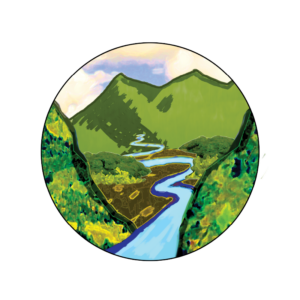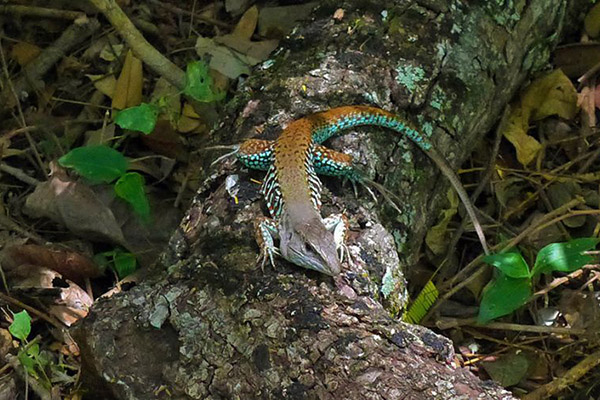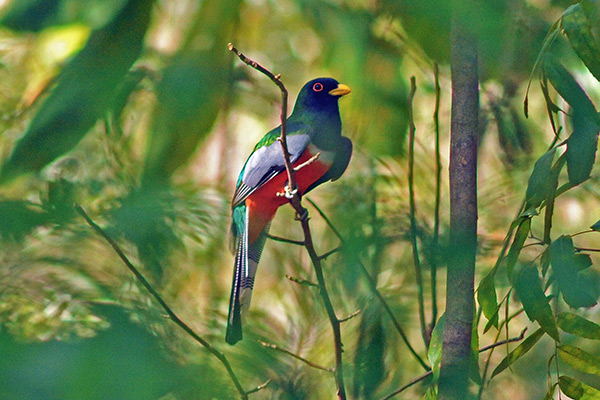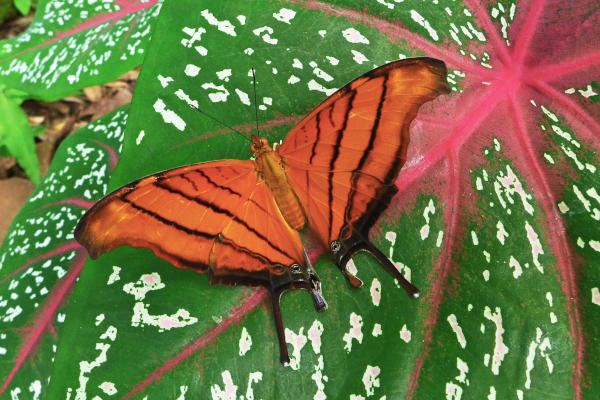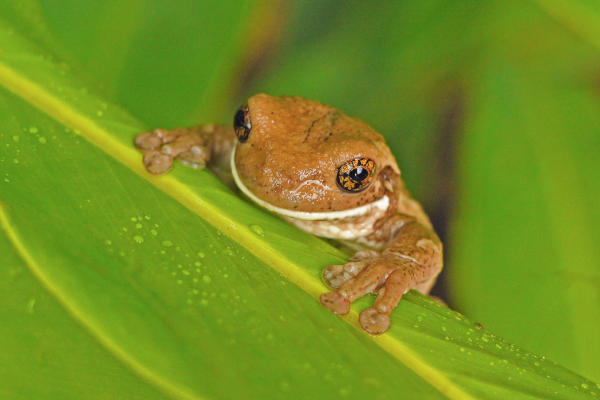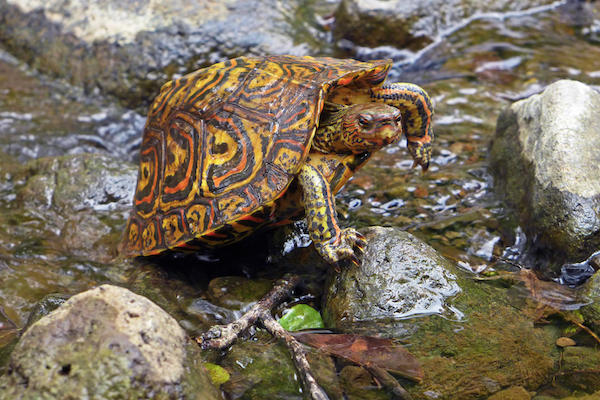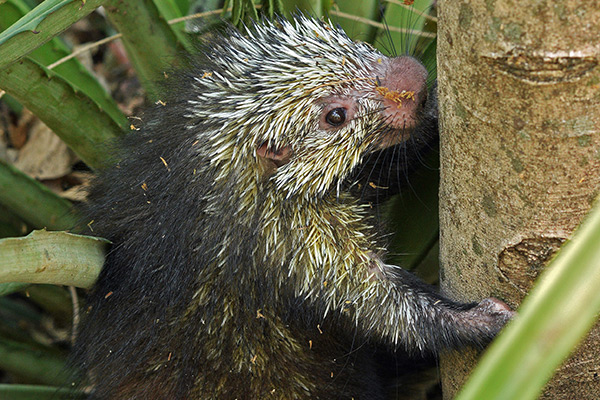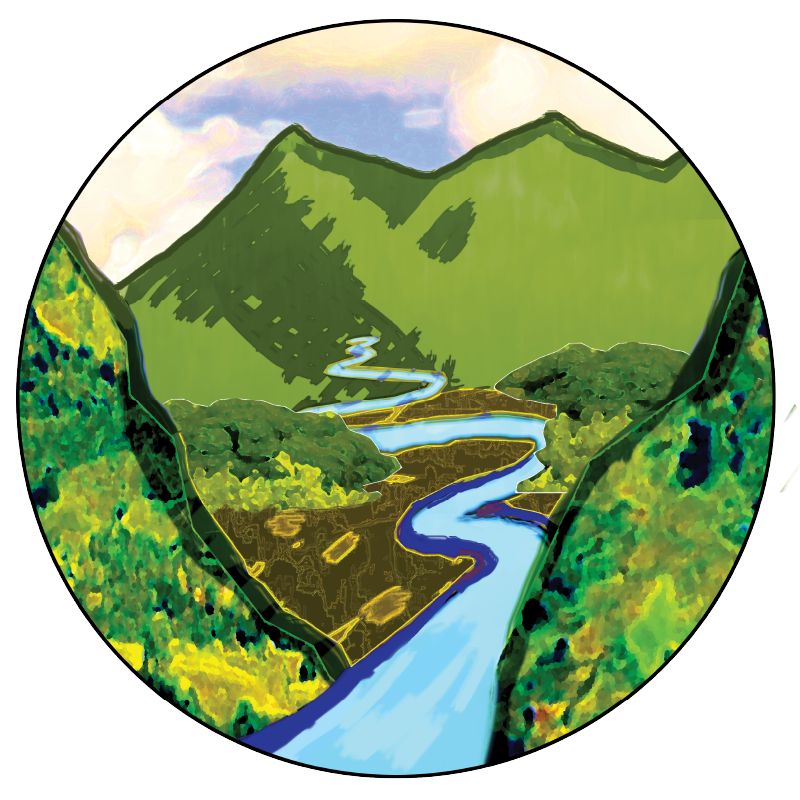Reserve Profile
Founded in 2005, Lost Canyon Nature Reserve is a 98 acre (40 ha) private wildlife refuge and tropical dry forest reserve located on the western slope of Nicaragua’s central mountain range. Reserve terrain ranges from 466 – 1,174 feet (142-358 m) above sea level; average annual rain fall is 31-47 inches (800-1,200 mm), mean temperature 84°F (29°C). The reserve employs area natives as park rangers and they share reforestation, conservation, trail maintenance and wildlife monitoring responsibilities with reserve founder. Several low-impact hiking trails exist inside the reserve, yet the majority of park terrain is totally void of human access to minimize disturbance of native fauna. Reserve visits are currently limited to biologists and the scientific community until further notice. To arrange a visit please contact us.
